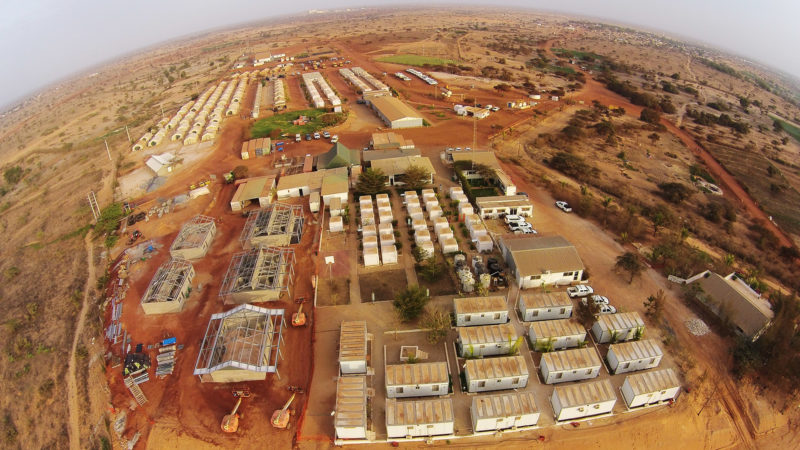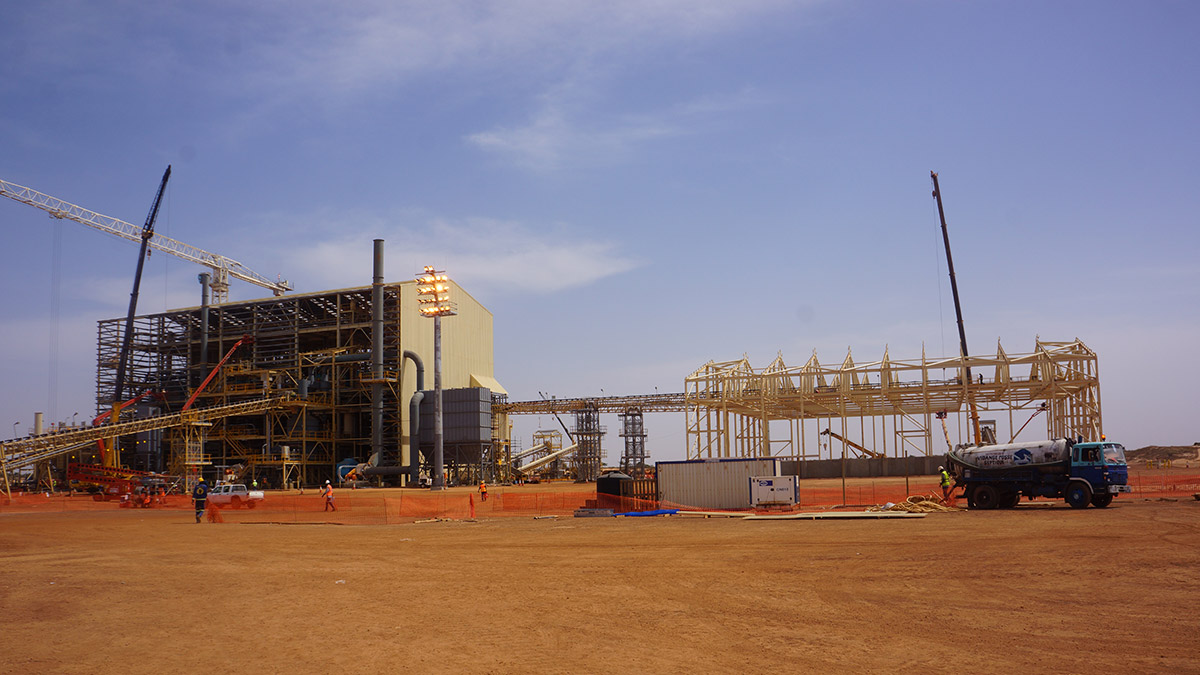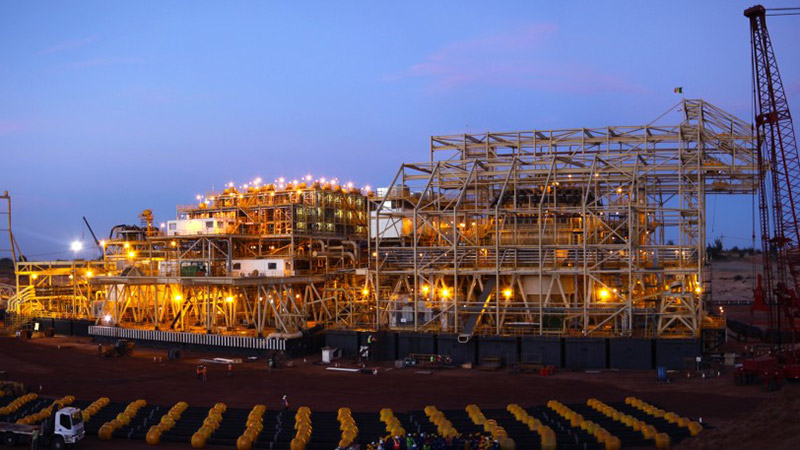The Rise of a Mineral Sands Leader
In the mid-2000s, Eramet sought to diversify its operations by venturing into new, high-value minerals. In 2008, the company invested in the titanium dioxide sector by acquiring Norwegian firm Tinfos, now known as Eramet Titanium and Iron (ETI), and its two metallurgical plants:
- The Kvinesdal plant, dedicated to processing manganese ore, which was integrated into Eramet Norway, specializing in manganese alloy production.
- The Tyssedal plant, specializing in processing ilmenite (titanium ore).
As with its nickel and manganese operations, Eramet opted for vertical integration. The Group partnered with Australian company Mineral Deposits Limited (MDL), which had been present in Senegal since 2004 and held exploration rights to the Eramet Grande Côte deposit. MDL had conducted over 13,000 boreholes, confirming the deposit’s economic potential.
In 2011, following further studies and engineering, TiZir was established. Construction of the Eramet Grande Côte industrial facilities began the following year. In 2014, Eramet Grande Côte commenced production after investing US$800 million (including US$150 million during the ramp-up phase).
The Economic Impact of the Project Over two years, the construction of Eramet Grande Côte generated 2,500 jobs at its peak, injecting significant funds into the region and Senegal in terms of wages, purchases of services, and various supplies. The training programs launched helped develop skills and professional qualifications in this previously non-industrial region.
In August 2018, a public tender offer for MDL led to Eramet acquiring 100% of TiZir’s shares. The entity now comprised two sites:
- Eramet Grande Côte in Senegal, which exploits a mineral sands deposit and primarily produces ilmenite and zircon.
- The TiZir Titanium and Iron (TTI) plant in Tyssedal, Norway, which processes ilmenite to produce titanium dioxide slag.
Eramet divested TTI in September 2023.



